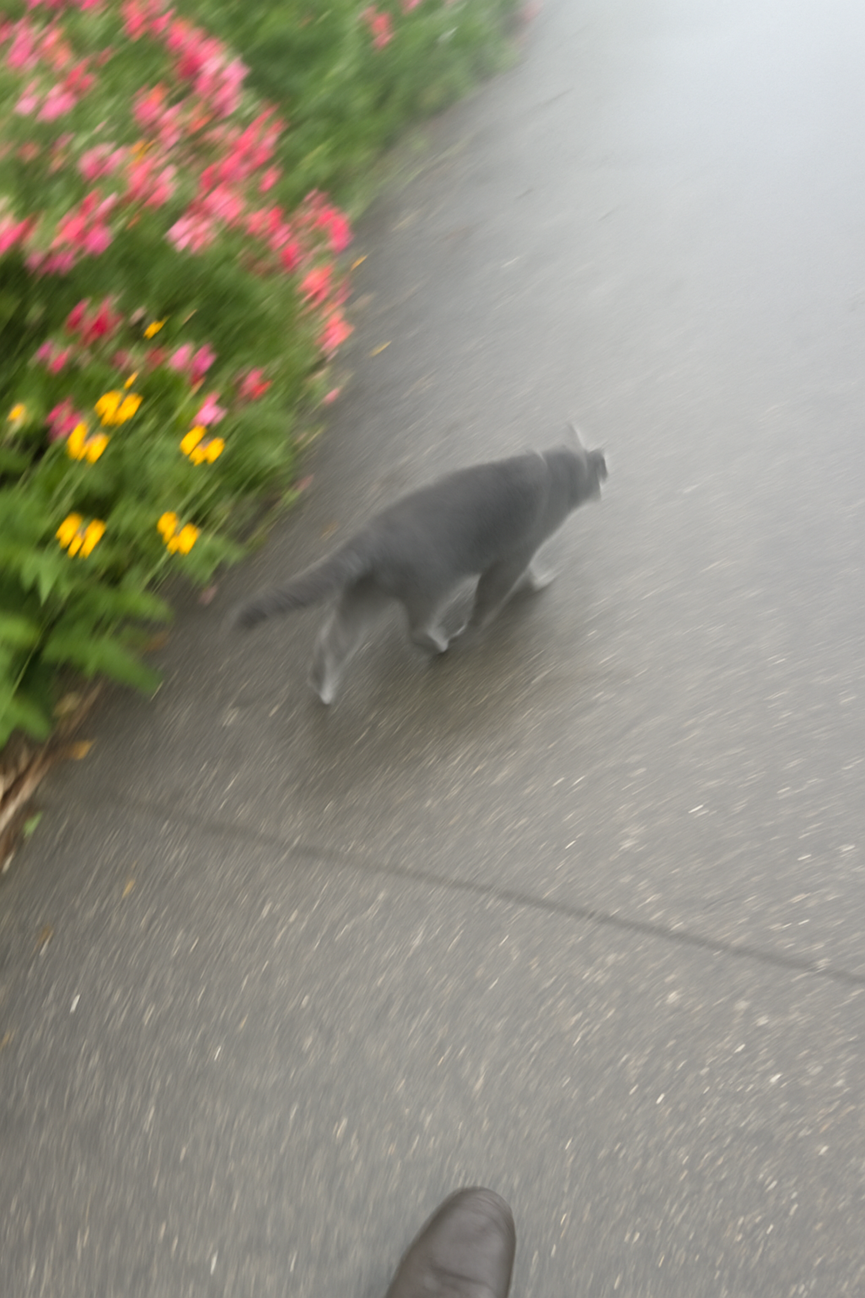I Gave GPT-4o a Ridiculously “Lazy” Prompt—And It Generated Photos That Look Like Real-Life Snapshots

How “Useless Prompts” Are Creating the Most Human Photos AI Has Ever Made
Scrolling through social media recently, I came across a wild experiment: someone fed GPT-4o a ridiculously vague and lazy prompt, and the AI ended up generating images that looked shockingly real. We’re not talking about perfect, cinematic shots here—but images that felt painfully human, like a random iPhone snap taken without thinking.
The kind of photo where you go, “Wait, did I take this?”
“Generate a poorly composed iPhone selfie” — AI nailed it
This trend, which started on Reddit and spread to X, was about flipping expectations. Instead of telling the AI to create something beautiful, users began asking for the opposite:
“Please generate an extremely ordinary iPhone selfie, with no subject focus or composition—just like a random snapshot. Slight motion blur, uneven lighting causing minor overexposure. Awkward angle, chaotic framing, intentionally mundane—like I accidentally took a selfie while pulling my phone out of my pocket. The subject is a person. It’s nighttime. There’s a famous landmark nearby.”
It sounds like nonsense. But the images? They were stunning—because they felt real. Awkward, relatable, and emotionally believable.
It was raining outside—I had to try it myself
That night, rain tapped gently on my window. Inspired, I crafted my own version of this chaotic prompt:
“Please generate an extremely ordinary iPhone photo, with no clear subject or composition—like a random snapshot. Slight motion blur, uneven lighting causes mild overexposure. Awkward angle, chaotic frame, intentionally mundane—as if I accidentally took the photo while pulling my phone from my pocket. Outside the window, it’s drizzling. I just woke up from a dream and tried to capture this scene.”
Within seconds, GPT-4o delivered. Raindrops blurred the window. Light overexposed the scene. The chaos of the composition made it feel… intimate. Real.

“Blue Cat Dash”: A fleeting moment, perfectly frozen
I kept going. Here’s another prompt I tried:
“Please generate an extremely ordinary iPhone photo. No clear subject, no composition. I was walking on the street when a blue British Shorthair cat suddenly dashed out from the bushes and ran past me. I instinctively pulled out my phone and captured the moment.”
The result? It was almost eerie. The blue cat, caught mid-motion. The blurry foreground. The messy, urban background. I’ve taken real photos like this before—and GPT-4o recreated that fleeting randomness.

Realism isn’t about sharpness—it’s about emotional truth
We used to say AI images looked “fake” because they were too perfect—clean compositions, dramatic lighting, textbook balance. But life isn’t always like that.
Sometimes a photo is overexposed. Sometimes the camera shakes. Sometimes the subject is out of frame. And yet—that’s what makes it real.
GPT-4o’s image generation now captures that realism not through detail, but through imperfection. And honestly? It’s kind of beautiful.
Can GPT-4o recreate that “CCD aesthetic” we’re nostalgic for?
Recently, “iPhone 5s is the new CCD” went viral on Chinese social media. The retro photo look is back—soft flash, grainy textures, emotional warmth. So naturally, I had to see if GPT-4o could generate that CCD-style nostalgia.
Here’s what I learned:
- Known celebrities or figures render better results (AI consistency is higher)
- Prompts using vintage camera names (like Ricoh GR Digital, Canon IXY) help evoke the CCD mood
- Mentioning grain, flash, shadows, and warm tones adds emotional realism
- Prompting for “2000s-style street shots” works surprisingly well
Prompt template example:
[Describe person] in [clothing], doing [action], in [location]. Lighting is [description]. Background includes [elements]. Shot on [CCD camera model] with flash. The person is clear, background is blurry. Grainy effect. Toned in [color scheme]. Feels nostalgic, with retro atmosphere and [aesthetic type].
With GPT-4o’s new capabilities, you’re no longer limited to dream-like perfection. You can generate emotionally resonant, memory-style images that feel straight from an old family album.

“Fake photos” that feel real: GPT-4o learned how to be imperfect
Masahiro Mori’s “Uncanny Valley” theory tells us that things look increasingly creepy as they almost look human—but not quite.
But this new “lazy prompt” trend seems to bypass that. By intentionally making the AI less perfect, we trust it more. The blur, the randomness, the awkwardness—those are human. By the way, XXAI just launched its new “Artist” feature for AI image generation—integrating models like Recraft, Flux, and Stable Diffusion. Whether you want hyper-realistic wallpapers, retro CCD vibes, or original character art, it’s all just one click away. Perfect for creators, designers, and everyday users alike!

GPT-4o may be the first AI that’s learning how to be bad… on purpose. And ironically, that makes it the most emotionally real yet.